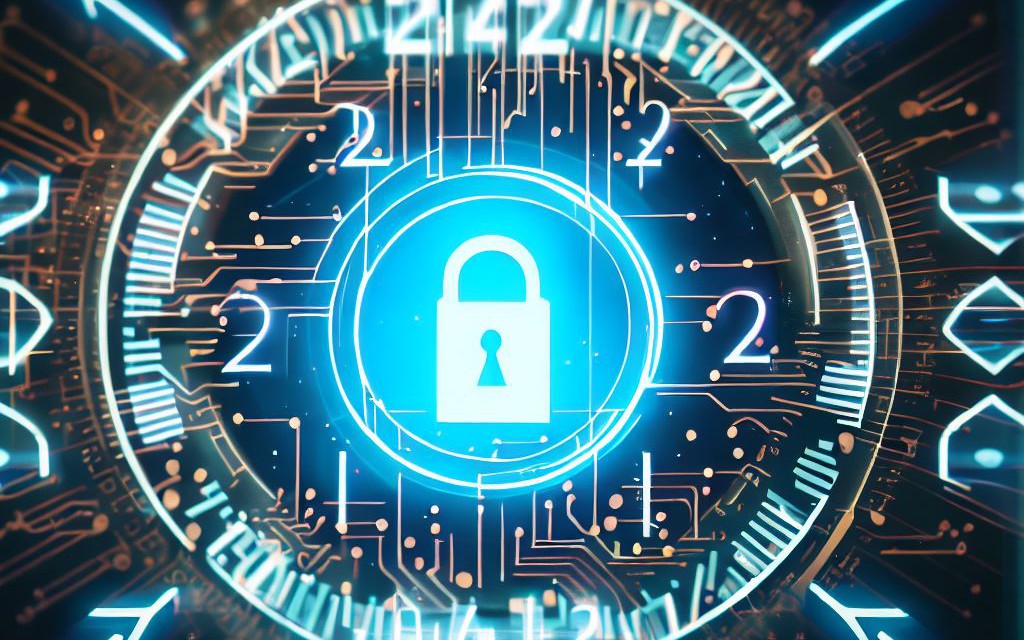
We’re all getting used to life after the immense global crisis caused by COVID-19. One thing is clear – our world, especially when it comes to computers and technology, will never be the same. I’ve worked in cybersecurity for twenty years and seen how the pandemic has shown us security problems we didn’t know we had. At the same time, it’s made things change even faster than before. In this article, I will talk about what we’ve learned and give some thoughts on what might happen as we get closer to 2024.
Lessons Learned
Working From Home Can Be Risky
One of the most significant changes because of the pandemic was how many people started working from home. This helped businesses keep going and showed us many security risks. Many companies weren’t ready for so many people to work remotely, which meant they didn’t have good enough security for networks and devices being used at home.
This sudden shift exposed vulnerabilities such as unsecured Wi-Fi networks, the use of personal devices for professional purposes without adequate protection measures, and a lack of employee awareness about safe online practices. The result was a significant increase in successful cyber attacks, data breaches, and instances of fraud.
More People Tried to Hack Systems
During the pandemic, there were more cyber attacks around the world. Bad guys took advantage of all the confusion and worry, tricking people with phishing scams related to COVID-19, taking advantage of less secure home networks, and even attacking hospitals and other healthcare places.
These attacks showed us the importance of strong, flexible security plans. Cybercriminals are opportunistic and adaptable, quickly changing their strategies based on current events or new vulnerabilities they discover. We’re at a disadvantage if our defenses aren’t just as versatile.
Businesses Had to Change Fast
COVID-19 made many businesses speed up their plans to use more digital technology. This fast change has led to some great things, like new ideas and better efficiency, but it’s also brought new security problems. Companies have had to figure out how to secure cloud systems, protect lots of data, and ensure digital identities are honest and trustworthy.
The rapid shift to digital platforms and services meant that companies had to implement these technologies and ensure they were protected against cyber threats. This included everything from securing online transactions to protecting customer data and ensuring virtual meetings’ integrity.
2024 Predictions
Trust No One Will Be the Rule
By 2024, we’ll see a significant move towards “zero trust”, “never trust, always verify.” As more people continue working from home, old ways of protecting systems won’t work anymore. Instead, companies will always need to check everything, no matter where it comes from or who uses it.
This approach assumes that any network or system could be compromised, so every access request is verified before being granted. It’s an effective way to minimize the risk of insider threats, stolen credentials, or malware spreading within the network.
AI and Machine Learning Will Be the Key
Artificial Intelligence (AI) and Machine Learning (ML) will significantly change cybersecurity. By 2024, these technologies will be used to detect threats as they happen, predict where future attacks might come from, and automate routine security tasks. This will help stop threats faster and keep systems safer overall.
AI can analyze vast amounts of data much quicker than humans, spotting patterns or anomalies that might indicate a cyber attack. Machine learning algorithms improve over time, getting better at predicting and identifying threats the more data they process.
We’ll Need More Cybersecurity Experts
There’s already a high demand for people who know about cybersecurity, and by 2024, there will be even more jobs than people to fill them. This shows how important education and training programs are to prepare for the next generation of cybersecurity experts.
As technology continues to evolve, so too do the threats we face. To stay ahead of cybercriminals, we need skilled professionals who understand these new technologies and the risks they pose. This means investing in education and training to ensure we have enough experts in the field in the future.
Looking ahead to 2024, it’s clear that what we’ve learned during the pandemic will shape cybersecurity’s future. The road ahead isn’t easy, but if we understand our past mistakes and can guess at future trends, we’re better prepared for whatever comes next. Let’s keep learning, changing, and coming up with new ideas as we work to protect our digital world.


